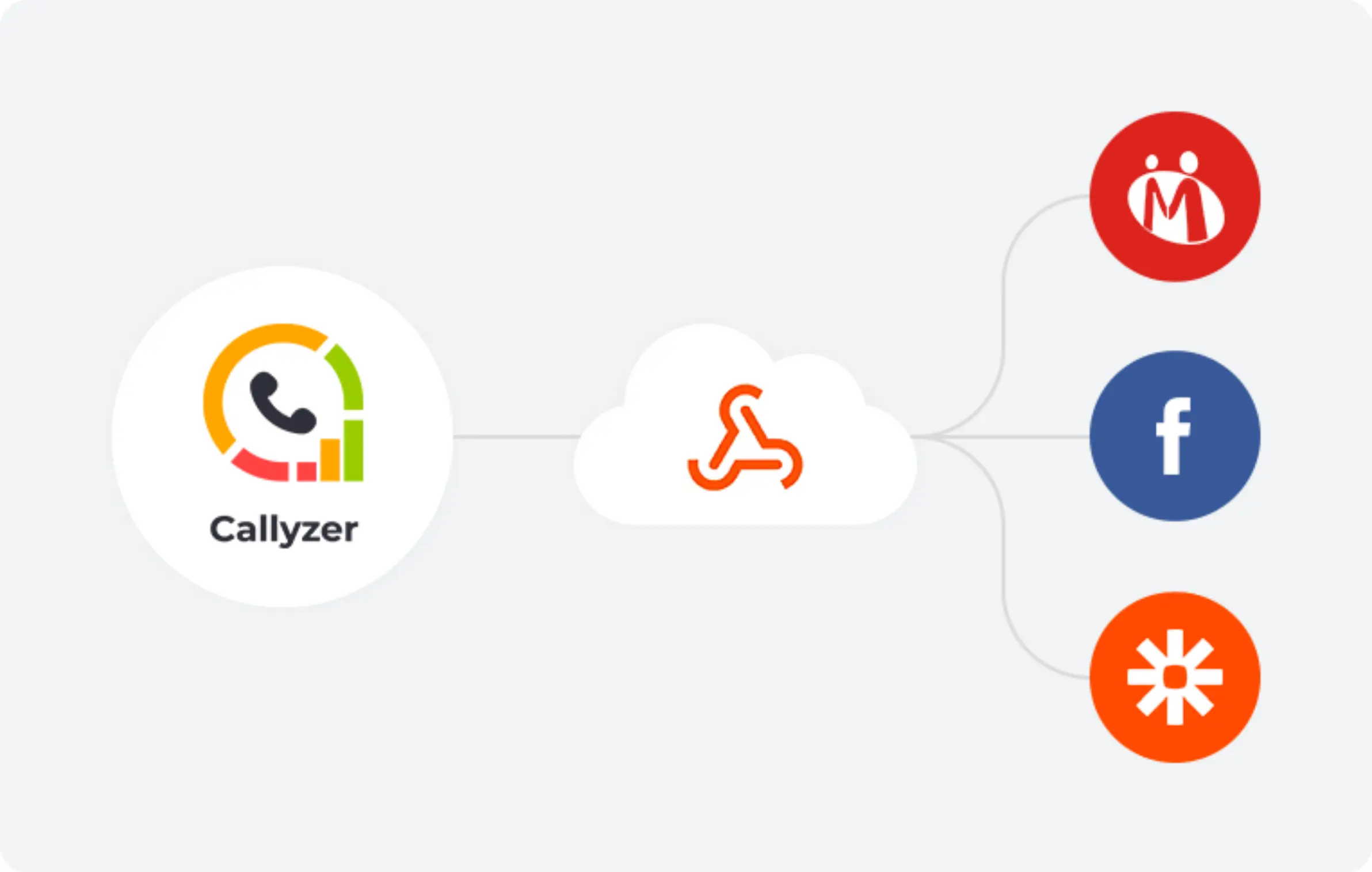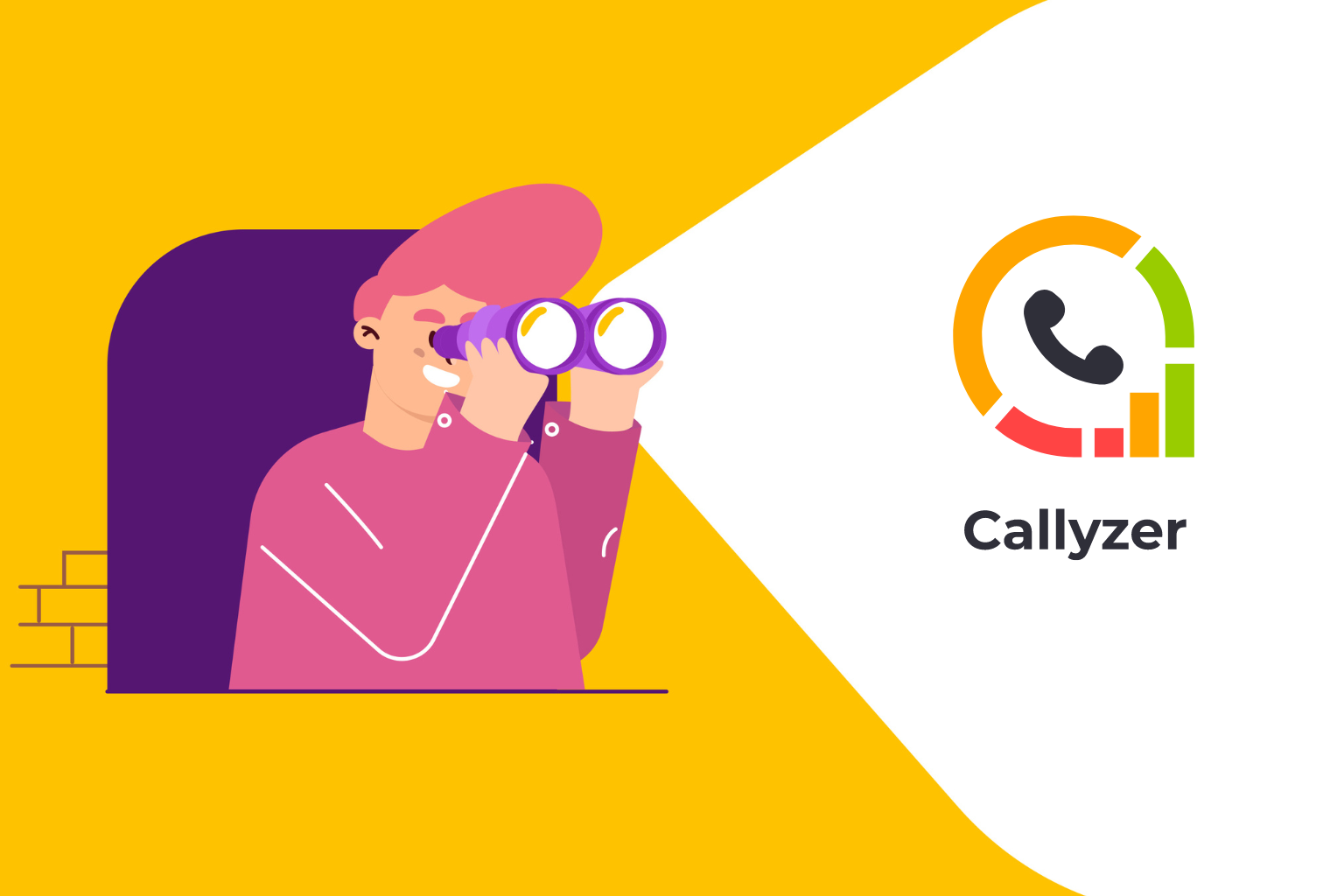Call centers that skip data analysis can find themselves in hot water. Imagine trying to juggle calls without knowing when the busy hours will hit. It's like trying to navigate a busy intersection blindfolded!
Without insights from data, contact centers can easily end up with too many hands on deck or insufficient, leading to wasted resources or long customer wait times.
Also, without data, customer centers fail to spot patterns that could lead to better service. For instance, if many customers call about the same issue, identifying this trend through data could help solve the problem at its root rather than just putting out fires one at a time.

With data to review, call center managers can coach their teams effectively, taking advantage of crucial teachable moments that could improve performance.
Contact centers without data are stumbling in the dark, missing opportunities to shine and deliver stellar customer service; this is where analytics provide a crucial beacon.
Engaging with data not only brightens the path but ensures a smoother, more enjoyable journey for everyone involved.
What is Call Center Analytics and Why is it Important?
Call center analytics is like the dashboard in a car, it provides essential information to help you understand how well the call center is performing and where improvements can be made.
This type of analytics digs into all the data generated from customer interactions, whether through calls, emails, or chats, and uses it to paint a clear picture of the customer service landscape.
So, why is this important? Just as a dashboard alerts you when your car needs fuel or when there's an engine problem, call center metrics alerts managers about what's working well and what's not.
This insight is essential for making decisions that enhance customer satisfaction, streamline operations, and boost efficiency.
Understanding the Role of Analytics in Improving Customer Support
Analytics in a call center serves as a strategic guide. It provides detailed insights into customer interactions, helping tailor services to meet customer needs better.
For instance, if analytics show that customers frequently ask about a specific issue, the call center can prepare to address this more effectively by creating a special team or refining the automated responses.
The Key Types of Call Center Data
In call center operations, certain types of data stand out as pivotal for driving performance and enhancing customer satisfaction.
- Speech Analytics: This means listening to what customers and agents say during calls to understand their needs and how well agents are doing, exemplifying the essence of data inspection in enhancing service quality.<br
- Sentiment Analysis: This is about determining if customers are happy or unhappy based on what they say or how they say it during calls, a critical component of contact center analytics.
- Text Analytics: Text analytics is like reading through emails, chat messages, and social media comments to see what customers are talking about and how they feel.
- Interaction Analytics: This is about how customers interact with the call center, like calls, emails, and chats, to see how everything fits together and how customers feel about it.
- Predictive Analytics: Predictive analytics is like predicting the future based on past trends. In a call center, it can help guess how many calls will come in, how customers will behave, and how agents will perform.
- Call Volume & Traffic Patterns: This is about monitoring how many calls are coming in and when they come in the most. It helps call centers plan to have enough people to answer calls and keep customers happy.
Key Metrics to Track in Call Center Analytics
Knowing the right metrics to track is key to managing a call center effectively.
Here are some essential metrics to monitor:
- Occupancy Rate: Occupancy Rate measures how much of an agent's time is spent on calls or doing call-related tasks versus their total available working time. A high occupancy rate means agents are using their time efficiently, but be careful, it shouldn't be so high that it causes burnout.
- Average Time in Queue: This metric measures how long customers wait on hold before talking to someone. Keeping this wait time short is important to avoid upsetting and losing customers.
- First Call Resolution (FCR): FCR tracks whether customers' issues are resolved on their first call without needing follow-up. High FCR rates usually mean customers get the necessary solutions quickly, boosting satisfaction.
- Average Handling Time (AHT): Average Handling Time (AHT) measures the total time an agent spends on a call, including talking, holding, and doing tasks after the call. It shows how efficient agents are.
- Customer Satisfaction (CSAT): This score reflects how satisfied customers are with the service they receive. It's typically gathered through post-call surveys and directly indicates the quality of your customer service.
- Service Level: This metric reflects the percentage of calls answered within a specific timeframe, setting a standard for how accessible your service is to customers.
- Agent Turnover Rate: High turnover can be costly and disruptive. Tracking how often agents leave can help identify underlying issues in the workplace, such as job dissatisfaction or excessive work pressure, that need to be addressed to maintain a stable and experienced workforce.

Essential Analytics Features in Call Center Software
1. Real-Time Monitoring
Real-time monitoring is like having a live camera feed on your call center's operations.
It lets managers see what's happening at that moment, such as which calls are being answered and which are being missed. This helps them spot problems quickly, like long wait times, and fix them to keep things running smoothly, showcasing the importance of data inspection in operational adjustments.
Callyzer steps it up by tracking all telesales and marketing calls live. It shows managers how well callers are doing and what's happening with sales leads, all from one main screen. Callyzer makes it easier to adjust strategies right away to get better results, highlighting the power of using call center data.

2. Data Integration
Data integration in call center analytics means that all your important data from different sources, like CRM software (for example, Salesforce or Zapier), is automatically combined into your analytics platform.
Data Integration gives you a comprehensive view of your operations and customer experience (CX) in one place.
By pulling data from these third-party sources, your analytics software can give you a complete snapshot of customer interactions across multiple channels.
Callyzer is great at this because it can connect with many data services like Zoho, IndiaMart, Justdial, LeadSquare, and Zapier. This means no matter where your data comes from; you can pull it all into Callyzer and have everything you need at your fingertips.

3. Call Recording Synchronization
Call recording synchronization is about recording customer calls and having them easily accessible for later review, which is vital for the analysis of call content and quality.
This is important because it lets managers check how calls are handled and understand what customers frequently ask about, leveraging analysis of call information for insights.
These insights can help improve how agents interact with customers and even lead to changes in products or services.
Callyzer offers powerful tools by letting managers listen to and retrieve all recorded calls in real time. Managers can quickly find and listen to any call to ensure quality and gather customer feedback, essential for training agents and improving customer service.

Benefits of Implementing Call Center Analytics Software
Investing in call center data software comes with a host of benefits:
- Enhanced Customer Experience: Analytics help identify trends and patterns that lead to more personalized and effective customer service, using call center performance metrics.
- Increased Operational Efficiency: By understanding peak call times, common issues, and agent performance, managers can optimise schedules and training and streamline processes.
- Cost Reduction: Efficient call handling and improved agent performance can significantly reduce operational costs.
- Data-Driven Decisions: With solid data, decisions are no longer based on hunches but on verified statistics and trends.
- Improved Employee Productivity: Analytics software can track each agent's performance in real-time, allowing managers to quickly identify who is excelling and who may need more training or support. By providing targeted coaching and feedback based on analytics, agents can work more efficiently, handle calls more effectively, and increase their overall productivity.
Let Callyzer Analyze Your Data

Let Callyzer analyze your data to improve your call center operations. With the ability to collect and explore contact center and customer data, you can use the data analytics tool to identify areas for improvement.
You can make informed decisions to improve customer experience and call center efficiency by examining historical data and key performance indicators.
You can adjust call routing and call center productivity by analyzing call data such as average call duration and call center metrics.
With access to various data sources and the ability to collect and monitor call center data, you can effectively improve call center operations.
Utilize data and reporting, you can identify trends and patterns within your contact center data. This information can be used to improve performance metrics and ultimately increase the overall performance of your call center agents.
FAQ
Q: What is call center analytics and why is it important?
A: Call center analytics refers to the process of collecting and exploring data from call center operations to improve efficiency, performance, and customer satisfaction. It is important because it provides valuable insights that help organizations make informed decisions and optimise their call center processes.
Q: How can using call center analytics to improve customer experience?
A: By inspecting data such as call wait times, call resolution rates and customer feedback, organizations can identify areas for improvement and make changes that enhance the overall customer experience.
Q: What are the different kinds of call center analytics?
A: There are various kinds of call center analytics, including operational analytics, which focuses on day-to-day operations, and predictive analytics, which use historical data to forecast future trends and outcomes.
Q: How can call center metrics and KPIs help in measuring performance?
A: Call center metrics and KPIs (Key Performance Indicators) provide quantifiable measurements of various aspects of call center operations, such as response times, first call resolution rates, and customer satisfaction levels, enabling organizations to monitor and evaluate their performance effectively.
Q: What are the disadvantages of utilizing call center analytics?
A: Some challenges of utilizing call center analytics include the complexity of data analysis, the need for specialized skills and tools, and the potential for data privacy and security issues if not handled properly.
Q: How can predictive analytics be used in a call center environment?
A: Predictive analytics in a call center environment can help forecast call volumes, identify trends, predict customer behavior, and optimise workforce planning and resource allocation to improve overall operational efficiency.
Q: How do call center data and analytics contribute to maximizing efficiency?
A: By collecting and inspecting data on various aspects of call center operations, such as call volumes, agent performance, and customer interactions, organizations can identify areas for improvement, streamline processes, and optimize resources to maximize efficiency.
Q: What is the importance of analyzing call center data?
A: Analyzing call center data is crucial to improve performance, enhancing agent efficiency, and optimizing overall operations.
Q: How can data analytics benefit a call center?
A: Data analytics can help measure call center performance metrics, identify trends, and make informed decisions to enhance customer experience.
Q: What are the cons of using a call center without analyzing data?
A: Without data inspection, a call center may struggle to identify areas for improvement, leading to inefficiencies and missed growth opportunities.
Q: How can contact center analytics improve call center efficiency?
A: Contact center metrices can provide insights into customer interactions, agent performance, and operational processes, allowing for strategic enhancements.
Q: What role do performance analysis play in optimizing a call center?
A: Performance analysis help measure key aspects of a call center's operations, enabling management to track progress, set goals, and drive improvements.
Q: How does analyzing data in a call center contribute to better decision-making?
A: Inspecting data in a call center enables informed decision-making by providing actionable insights based on accurate and real-time information.
Q: How can analytics solutions help in predicting call center performance?
A: Analytics solutions use historical data and predictive modeling to forecast call center operations, allowing for proactive strategies and adjustments.
